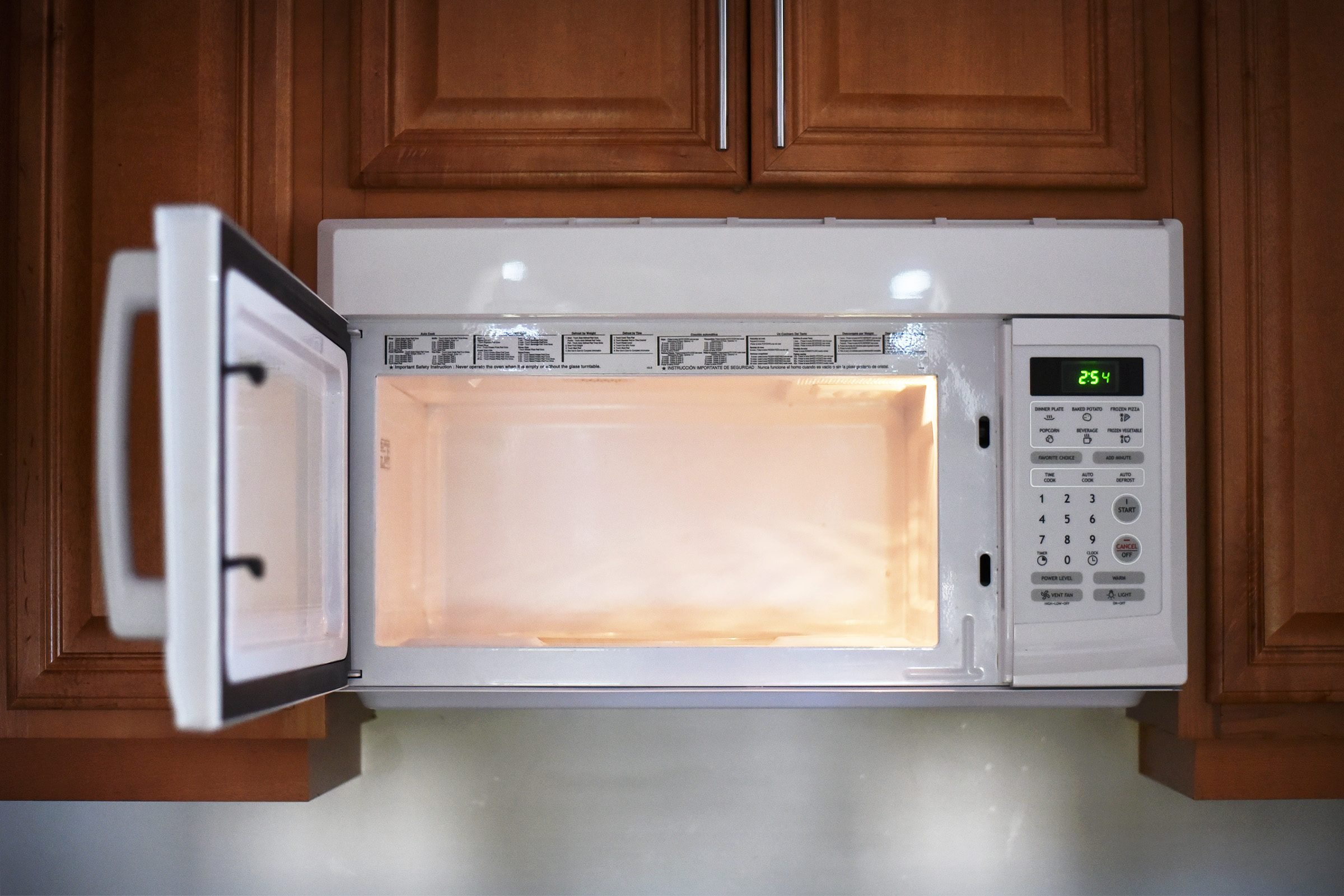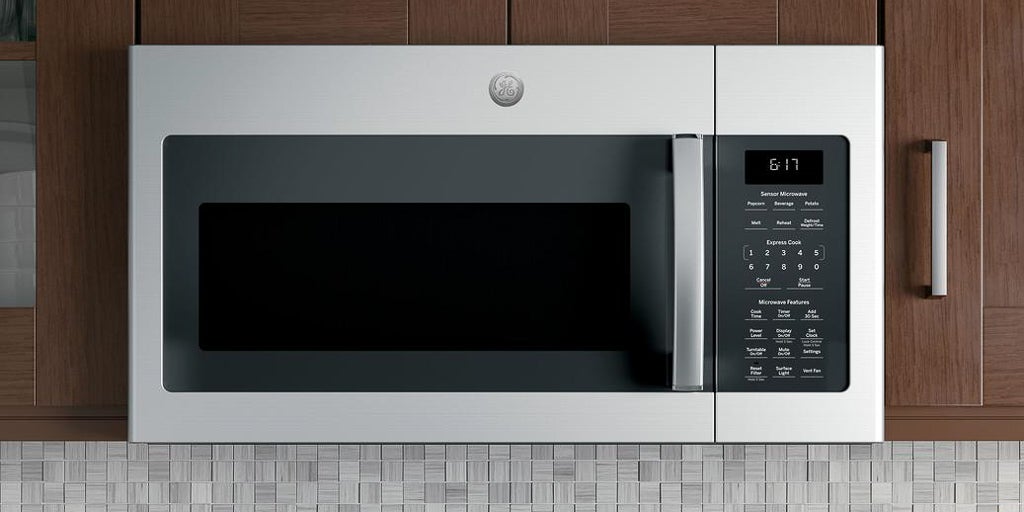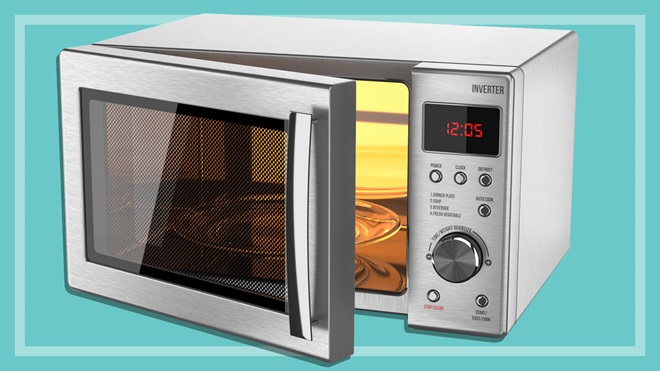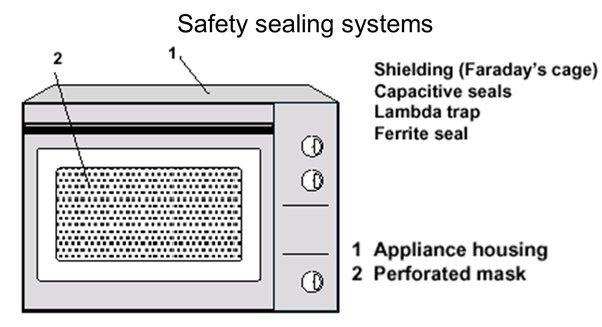
Having a microwave in our kitchens has become a necessity in today’s fast-paced world. It saves us time and effort when it comes to cooking and reheating food. However, what should we do if the glass plate inside the microwave gets broken? Can we still use the microwave without it?
The latest advice from experts is clear – it is not safe to use a microwave with a broken glass plate. The glass plate in a microwave is not just a tray to hold your food, but an important part of the appliance that ensures proper heat distribution. Without the glass plate, the microwave’s heating conditions may not be consistent or efficient, leading to undercooked or unevenly cooked food.
While some people might think that using a microwave without the glass plate is a quick fix, experts strongly discourage it. Microwaves are designed to work with their components intact, including the glass plate. Using a microwave with a broken glass plate can pose a risk of overheating, electrical damage, or even fire.
Before rushing to use a broken glass plate or looking for alternative ideas, it is important to consider safety first. Experts recommend contacting the manufacturer or a professional technician to find a suitable replacement for the broken glass plate. It is always better to follow the manufacturer’s guidelines and not compromise the safety and effectiveness of the microwave.
Can you use a microwave if the glass plate is broken

When the glass plate in your microwave is broken, it is important to consider the safety implications before continuing to use the appliance. Experts strongly advise against using a microwave with a broken glass plate.
The glass plate in a microwave serves an important purpose. It helps to evenly distribute heat throughout the food, ensuring it is cooked thoroughly. Without the glass plate, the microwave may not heat the food properly, resulting in uneven cooking or even cold spots. Additionally, the broken glass plate may pose a safety risk, as it could potentially shatter further during use.
If you are having trouble finding a replacement glass plate for your microwave, it is recommended to reach out to the manufacturer for assistance. Many manufacturers have customer support services that can help you locate the necessary replacement part.
Before using a microwave with a broken glass plate, it is important to carefully read the manufacturer’s instructions and guidelines. Some microwaves may have specific instructions for using the appliance without the glass plate, while others may advise against it entirely.
While waiting for a replacement glass plate, consider alternative cooking methods. This could include using a different appliance, such as an oven or stovetop, or exploring microwave-safe cookware options that do not require a spinning tray.
Experts share the following ideas for cooking without a glass plate in the microwave:
- Use microwave-safe dishes or containers that can withstand the heat and do not require a spinning tray.
- Place a microwave-safe bowl upside down and use it as a base for heating your food.
- Utilize microwave-safe silicone or ceramic lids to cover the food, helping to distribute heat more evenly.
- Consider using microwave-safe cookware specifically designed for microwave use.
It is important to note that these ideas may not be suitable for all microwaves, and it is essential to follow the manufacturer’s guidelines and recommendations.
While using a microwave with a broken glass plate may be tempting, it is crucial to prioritize safety. Repair or replace the glass plate as soon as possible to ensure proper and safe operation of your microwave.
What can you use instead of a microwave plate

If you are having trouble finding a replacement glass plate for your microwave or don’t want to spend money on a new one, there are several alternatives you can consider. While these ideas may not be as convenient as using a microwave plate, they can still help you heat or cook your food effectively.
A ceramic plate or bowl
One option is to use a ceramic plate or bowl that is microwave-safe. Make sure to check the manufacturer’s instructions or labeling to ensure that the ceramic dish can be used in the microwave. Place your food on the ceramic surface and heat as you normally would.
A microwave-safe paper plate
If you’re in a pinch, you can use a microwave-safe paper plate as a temporary solution. However, keep in mind that these plates are not designed for long-term use or high heat. Use them sparingly and replace them as needed.
A microwave-safe glass or pyrex dish

If you have a glass or pyrex dish that is safe for microwave use, you can use it as a substitute for a microwave plate. These dishes are designed to withstand high heat and are commonly used for baking or cooking in the microwave.
A microwave-safe silicone mat or tray
Another option is to use a microwave-safe silicone mat or tray. These mats are designed to be heat-resistant and can withstand high temperatures. Simply place your food on the mat or tray and heat it as you normally would.
Before using any alternative to a microwave plate, always read the manufacturer’s instructions and ensure that the material is safe for microwave use. It’s also a good idea to monitor the food while it’s heating to prevent any accidents or damage.
While these alternatives can help you in a pinch, it’s important to keep in mind that they may not provide the same level of convenience or efficiency as a dedicated microwave plate. If possible, it’s always best to replace a broken microwave plate with a suitable replacement to ensure optimal performance and safety.
For more expert advice and tips on microwaves, sign up for our newsletter and receive the latest information directly in your inbox. Our experts share their knowledge on a wide range of topics, including microwave safety, maintenance, and troubleshooting. Don’t miss out, subscribe today!
Why did my microwave glass tray break
A microwave is a kitchen essential that many households rely on for convenient and quick cooking. However, sometimes microwave glass trays can break, leaving us wondering why this happened. In this article, we will explore some possible reasons for a broken microwave glass tray.
1. Overheating
One of the most common reasons for a broken microwave glass tray is overheating. When we use a microwave for an extended period or set it at a high power level, the high temperatures can cause stress on the glass tray, leading to cracks or even shattering.
2. Aged or Damaged Tray
Another possible reason is using an aged or damaged tray. Over time, the constant heating and cooling cycles can weaken the glass, making it more prone to breakage. Additionally, if the tray has any structural damage, such as chips or scratches, it can compromise its strength and increase the likelihood of breakage.
3. Incorrect Usage
Using the wrong type of glass tray or placing it in the microwave incorrectly can also cause it to break. It’s essential to check the manufacturer’s recommendations for the appropriate type of glass tray to use with your specific microwave model. Placing the tray unevenly or slamming it into the microwave can also create stress points that can lead to breakage.
4. Extreme Temperature Changes

Extreme temperature changes can cause glass to expand and contract rapidly, putting stress on the tray and potentially causing it to break. For example, placing a hot tray directly on a cold surface or immersing a hot tray in cold water can create these sudden temperature changes.
5. Manufacturing Defect
In some cases, a microwave glass tray may have a manufacturing defect that makes it more susceptible to breakage. If you recently purchased the microwave or the tray and it broke shortly after, it’s worth checking with the manufacturer to inquire about any known issues or if they can offer a replacement.
While these are some possible reasons for a broken microwave glass tray, it’s important to note that each situation may differ. If you have any concerns or need personalized advice, it’s always best to consult the manufacturer or a qualified professional.
Remember to handle any broken glass with care and dispose of it properly, following your local regulations or waste management policies.